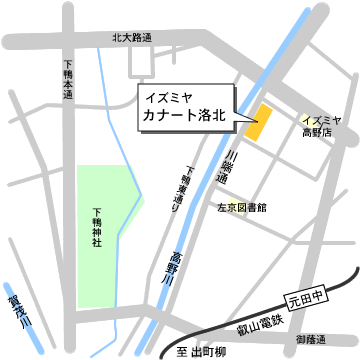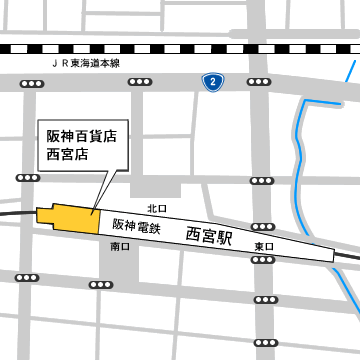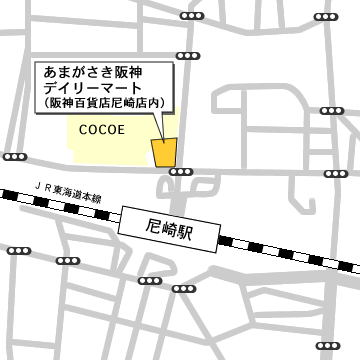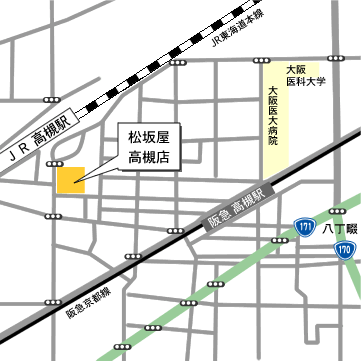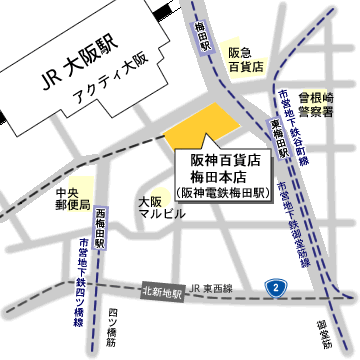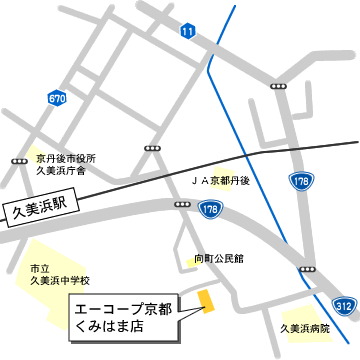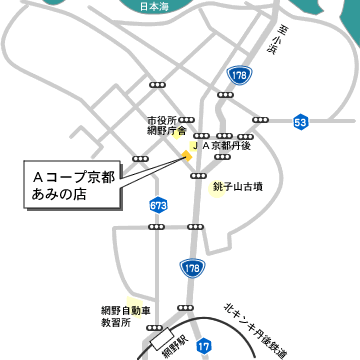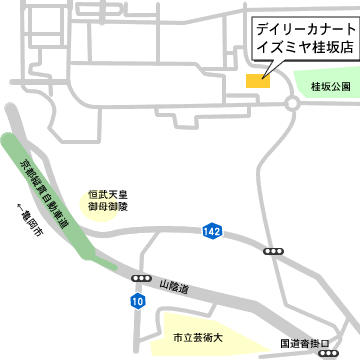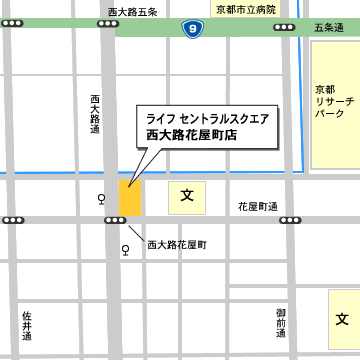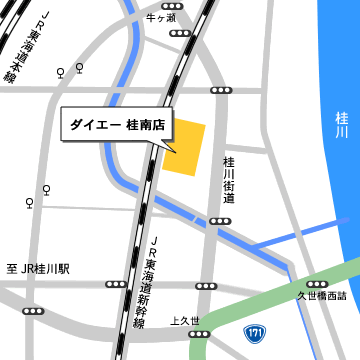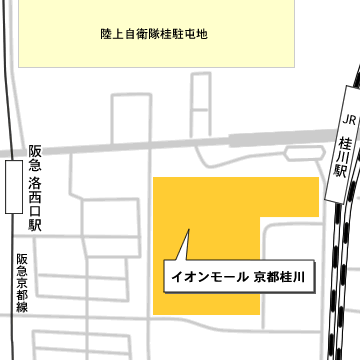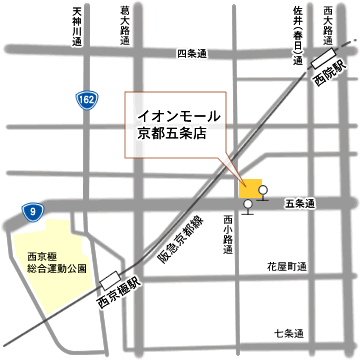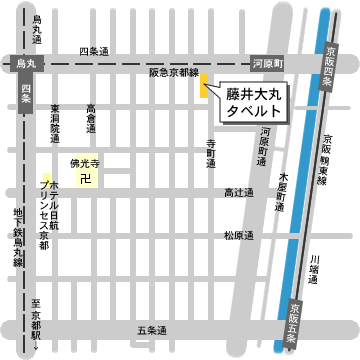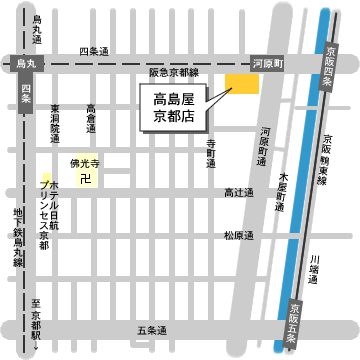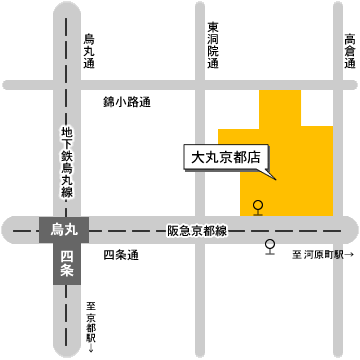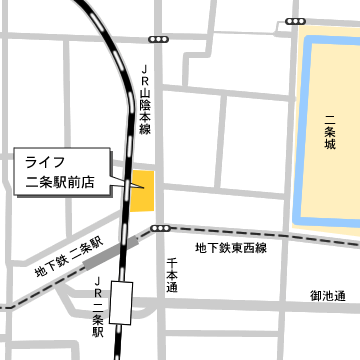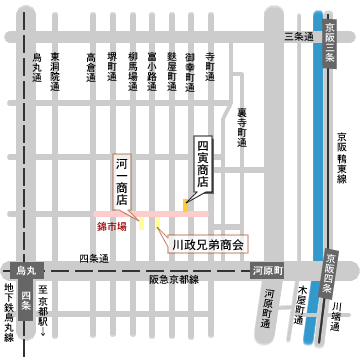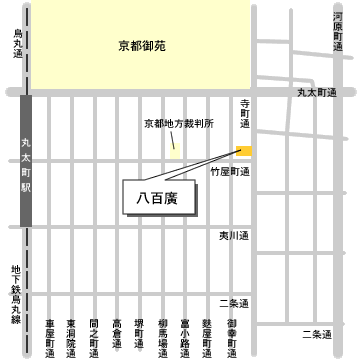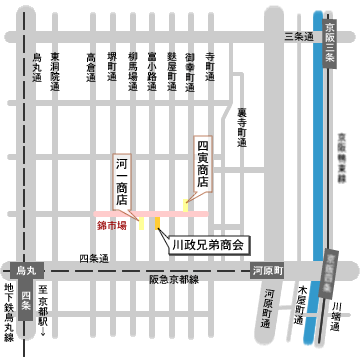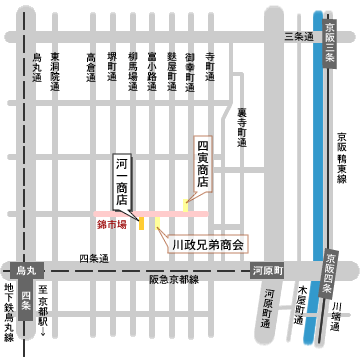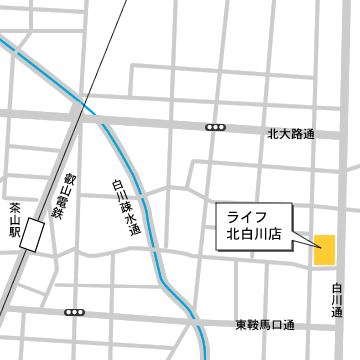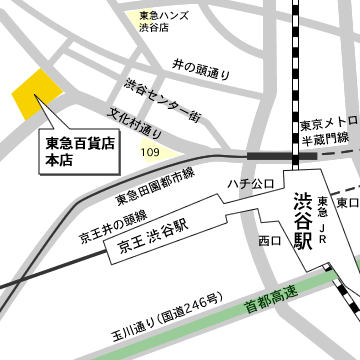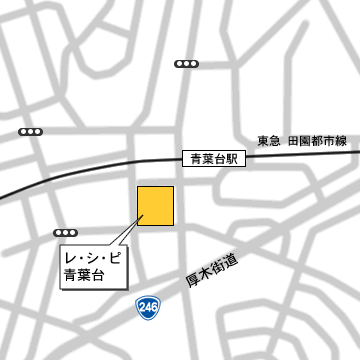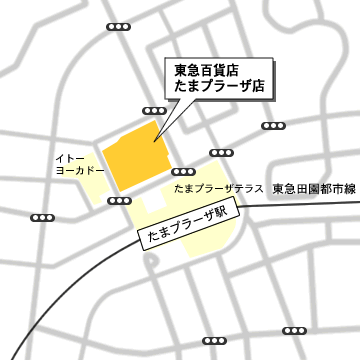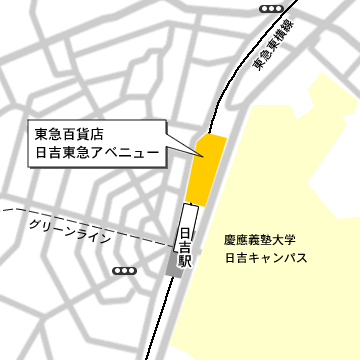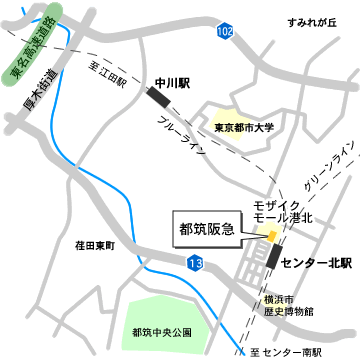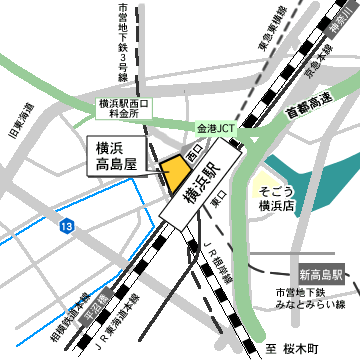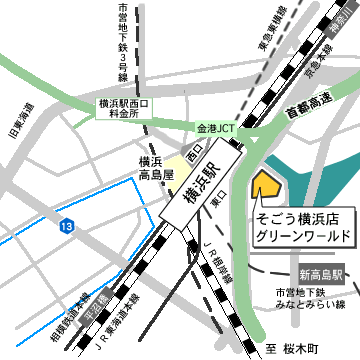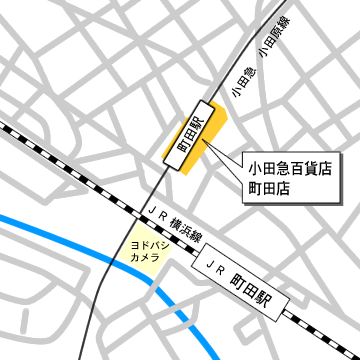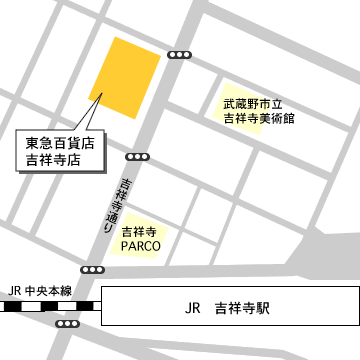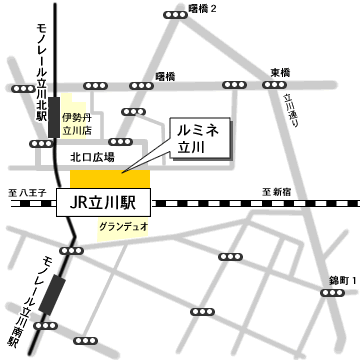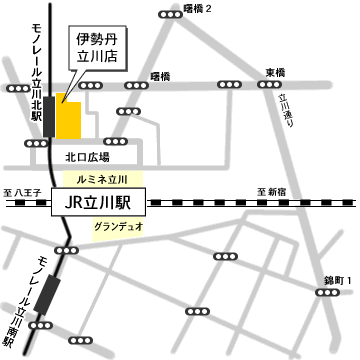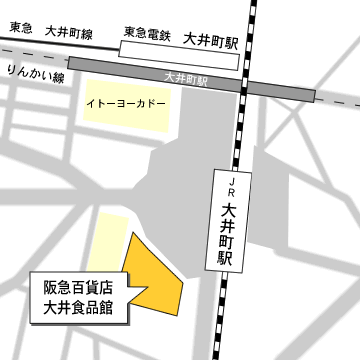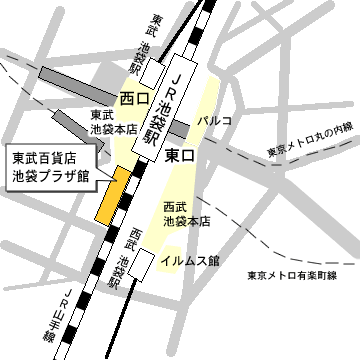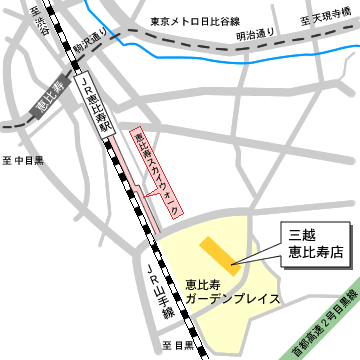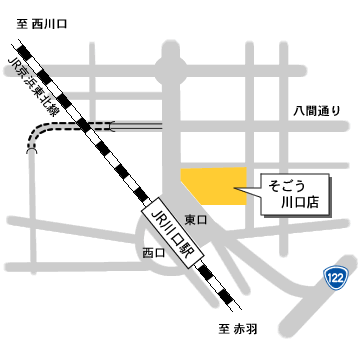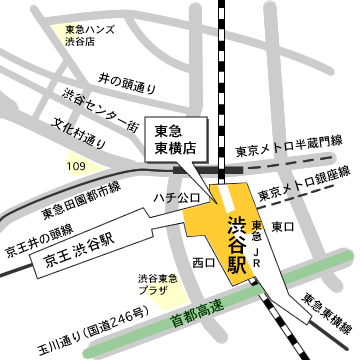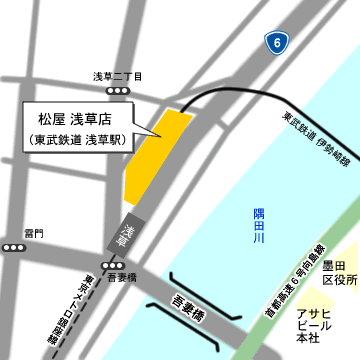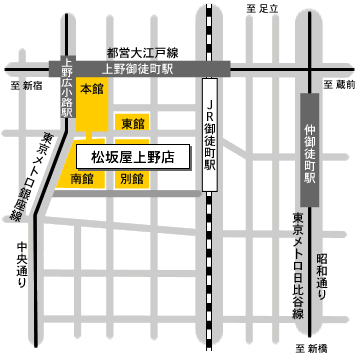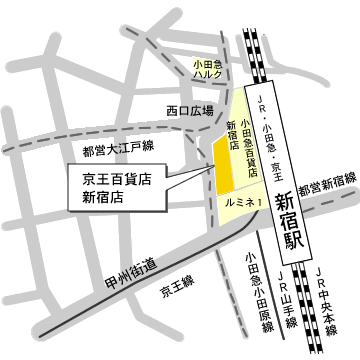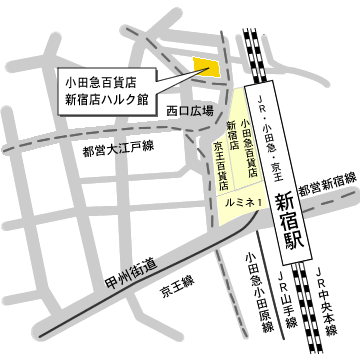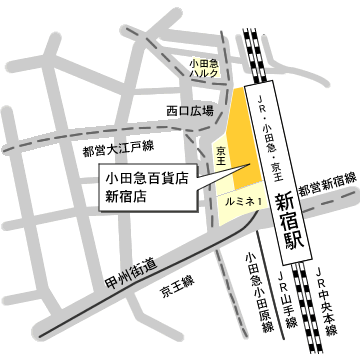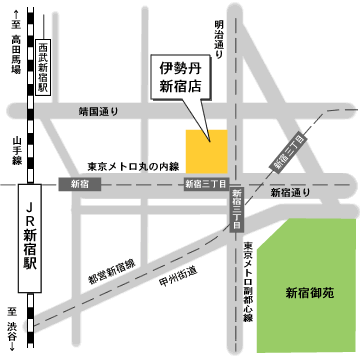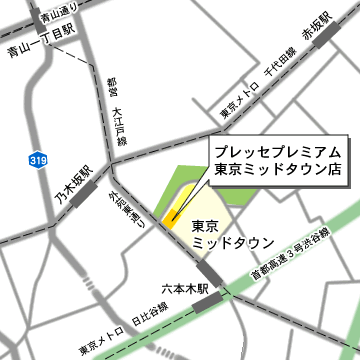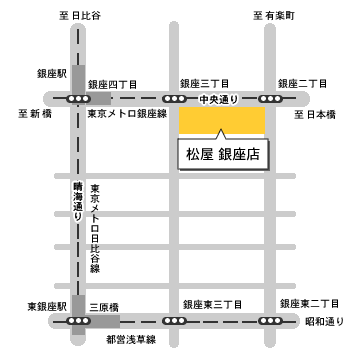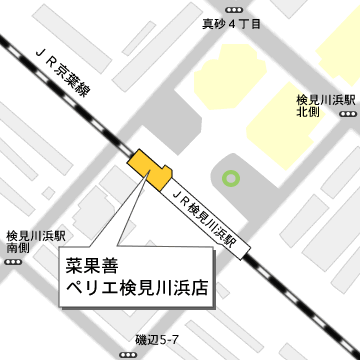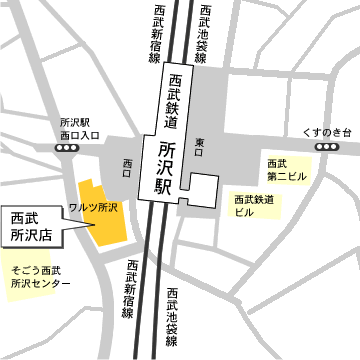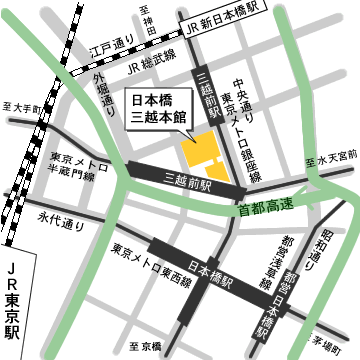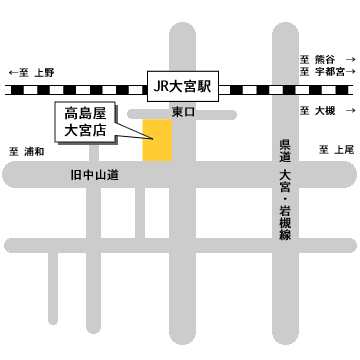
Delicious and reliable “Brand products of Kyoto (Kyoto mark)”
Do you know the Kyoto mark? It is a design mark formed by the initial letter “K” of “Kyoto”. The three ellipses drawn on the right side of the mark represent the rich fruits of ‘agriculture’, ‘forest’ and ‘fisheries’. And the three lines represent ‘earth’, ‘water’ and ‘sun’. Only the products certified as “Brand products of Kyoto” can use this mark. It is truly the mark of deliciousness and reliance.
Excellent products of Kyoyasai “Brand products of Kyoto”
As the name suggests, Kyoyasai is the term for all vegetables originating in Kyoto. Kyoto was the official capital and has prospered as the center of Japan from the Heiankyo era to the Meiji Restoration. Various kinds of vegetables were cultivated around Kyoto to be presented to the imperial court.
Kyoyasai are nurtured by the unique climate and natural features of a basin, as well as the fertile soil and utilization of abundant water. The varieties of Kyoyasai have been improved over the years. “Traditional vegetables of Kyoto” is the symbol among them. Unfortunately, both Kouri Radish and Toji Turnip are extinct, but 35 other items still exist nowadays. In addition, there are 3 items based on traditional vegetables of Kyoto, named Takagamine pepper, Broccoli, and Manganji pepper (Manganji Amato).
Relation diagram between traditional Kyoto vegetables and brand products

The “Traditional vegetables of Kyoto” meet the following five conditions.
1) Originate before the Meiji period
2) Grown throughout Kyoto Prefecture
3) Include bamboo
4) Exclude mushrooms and ferns
5) Include cultivated or preserved things and extinct species
Included are not necessarily Kyoto specific varieties. For example, vegetables cultivated by Kyoto specific methods such as Horikawa burdock, Ebiimo (shrimp potato), Kyoto aralia cordata, Kyoto ginger, Kyoto bamboo and so on are also included.
Vegetables that can be produced in relatively large amounts and are marketable, are designated as “Brand products of Kyoto”. They are products of agriculture, forestry and fishery, carefully selected and certified by The Association of Kyoto furusato (Public Corporation), produced based on the “Kyoto Commitment Production Certification System※” which is safe, secure and environmentally friendly. Concretely, it meets the following conditions.
1) It carries an image of Kyoto
2) It is necessary to expand sales beyond (1)
3) Meets the following requirements
· Ensure proper quantity of a shipping unit
· Unified quality and standard
· There are elements of superiority and originality against other locality
※ Features of Kyoto Commitment Production Certification System
· Environmentally friendly agricultural methods with reduced use of agricultural chemicals and chemical fertilizers (Kyoto Special cultivation guidelines)
· Cultivation status and bookkeeping checked by certified inspector
· Agricultural products whose producer’s identity is accessible by disclosing information
· Equivalent inspections for fishery products.
Brand products of Kyoto, 30 years history
The history of “Brand products of Kyoto” began about 30 years ago. Its origin is in the “Basic Guidance on Brand Establishment of Agriculture, Forestry and Fisheries Products in Kyoto Prefecture” summarized by Kyoto Prefecture in 1988 (Heisei 1st year). Based on this guidance, Kyoto products with high-quality and luxury image are sold in high-class department stores in Tokyo.
The first product certified as “Brand products of Kyoto” in the year 1988 (Heisei 1st year) is Manganji Amatou (Manganji chili pepper). In the same year, Mizuna (Japanese mustard greens), Kamo eggplant, Fushimi chili pepper, Ebiimo (Shrimp-shaped potato), Tamba Dainagon red beans and new Tamba black beans were also certified as brand products.
As a result, there was a “Kyoyasai boom” and “traditional vegetables boom” around 2008 (Heisei 10th year) in Japan.
All Brand Products of Kyoto
Heisei 1st year
Mizuna (Japanese mustard greens)
Kamo eggplant
Fushimi chili pepper
Manganji Amatou (Manganji chili pepper)
Ebiimo (Shrimp-shaped potato)
Tamba Dainagon red beans
New Tamba black beans
Heisei 2nd year
Kujo green onions
Cauliflower
Kyo bamboo shoot
Shishigatani pumpkin
Horikawa burdock
Shogoin radish
Tamba chestnut
Heisei 3rd year
Mibuna
Kintoki carrot
Arrowhead
Heisei 5th year
Japanese mountain yam
Heisei 8th year
Purple soybeans
Heisei 10th year
Kyo Yamashina eggplant
Heisei 11th year
Kyotango pear
Heisei 19th year
Kyo small radish
Shogoin small radish
Heisei 20th year
Tango heart clam
Heisei 23rd year
Kyo summer soybeans
Tango red snapper
Heisei 24th year
Iwai (sake rice)・Kyo Sake
Heisei 26th year
Kyo Tango Daikokuhon shimeji mushroom
Heisei 27th year
Kyo Yamashina eggplant京漬物
Kyo Tango melon
Reasons why “Brand products of Kyoto” are popular
It has been about 30 years since the “Brand products of Kyoto” started. Recently, Kyoyasai is noticed and supported throughout the country. There are mainly three reasons.
First, the basic axis of the brand strategy is very clear and steady. In detail, from the certification of brand items, production area and producer (check again every three years), the specification of cultivation method, to the product inspection system, every process is established. Only those “excellent products” which are produced in this specific system can get the “Kyo Mark” for sale. This is supported by Kyoto traditional cultivation method such as “Kyoto commitment cultivation method”, organic fertilizer, etc., which is based on healthy soil building and rotation system, combined with latest technology.
Second, the strong practice of brand product inspection system. In Kyoto Prefecture, there are “Kyoto commitment cultivation method inspectors” who are responsible for checking whether the items are produced by the “Kyoto commitment cultivation method”. There are over 4,000 items to check every year.
Third, the importance of the story and food culture of brand products. They put emphasis on the story of “Brand products of Kyoto”, such as the history of vegetables and the enlightenment of food culture. In 2006 (Heisei 18th year), “Kyoyasai Meister” is certified as the missionary of Kyoyasai to support the activities. There are 21 “Kyoyasai Meisters” in total at the departments of production, distribution and sale, cooking. From 2007 (Heisei 19th year), “Kyoyasai Verification” started in order to let people know more about Kyoyasai’s charm and arouse curiosity.
The Public Interest Incorporated Association of Kyo Native Products supports the production and sales expansion of “Brand products of Kyoto”.




